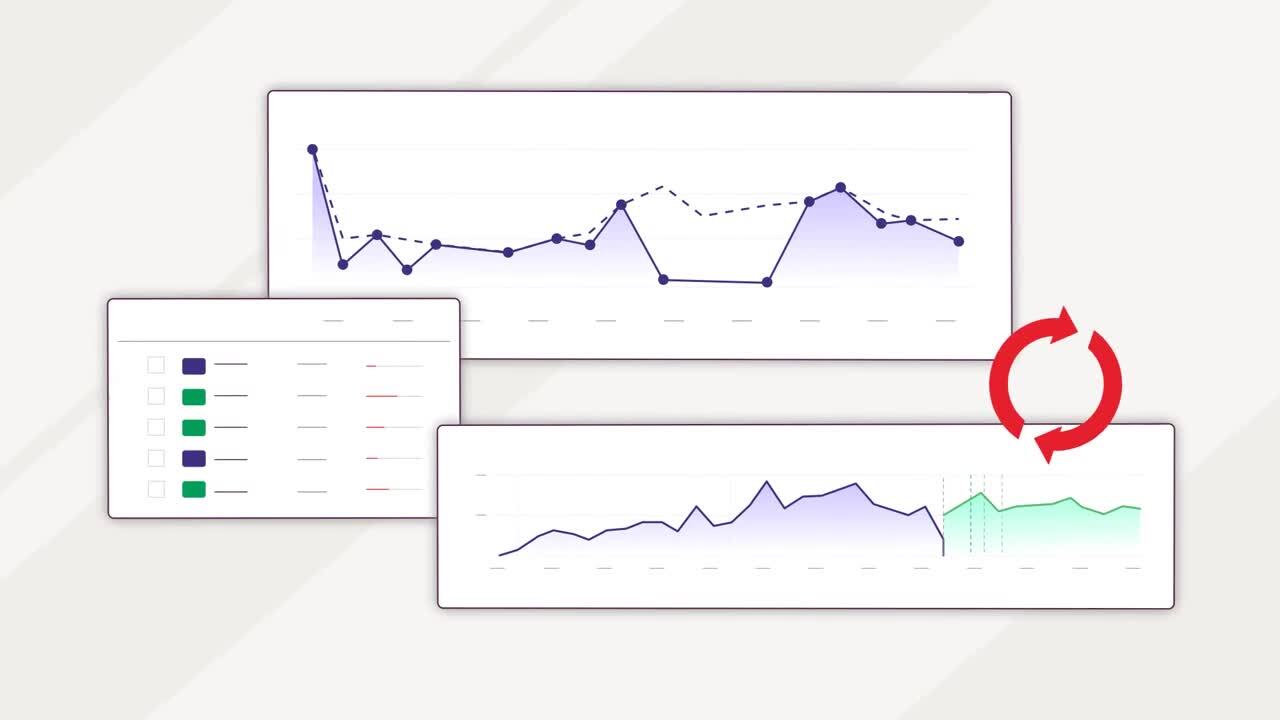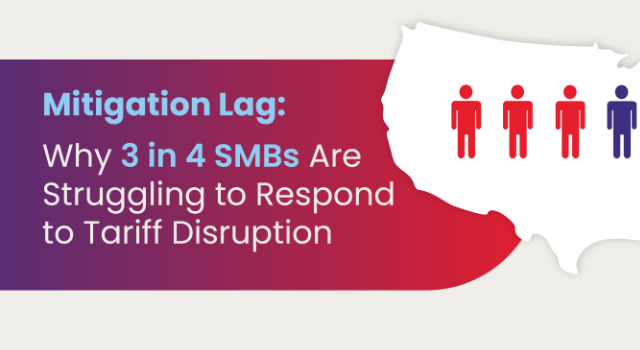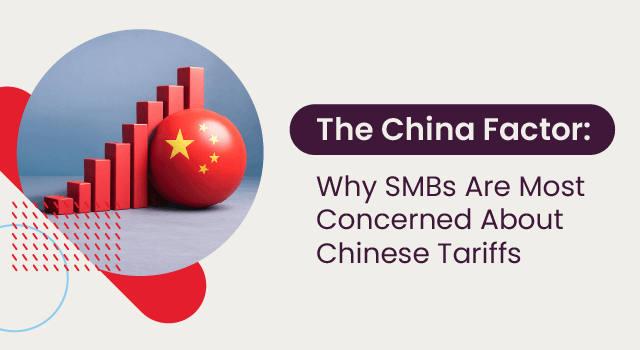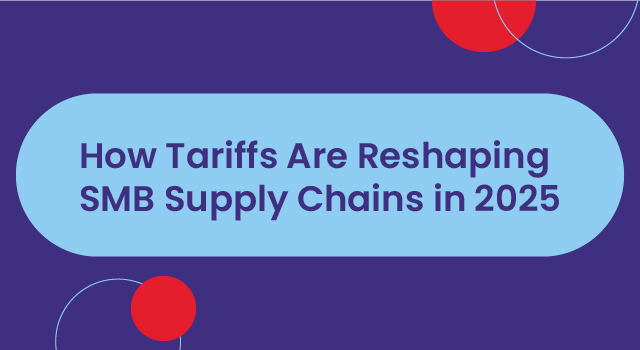What’s in this blog?
Managing inventory goes beyond just meeting demand; it’s a key asset that drives profit and plays a vital role in your business’s financial success.
Knowing the actual value of your inventory can reduce stress between CFOs and planners and instill confidence in your inventory management’s accuracy.
In this article, we’ll explore the fundamentals of inventory value, its calculation, various valuation methods, and its role in reducing risk. We’ll also offer tips for CFOs to optimize this critical business asset.
Table of contents:
1 What is inventory value?
Inventory value is the total monetary worth of a business’s goods and materials held in stock and available for sale. Calculating inventory value is essential for financial reporting, tax purposes, and managing various aspects of the business, including cash flow, profitability, and overall financial health.
2 How to calculate inventory value
Calculating inventory value takes into account the changes in inventory during a specific accounting period to determine the value of the ending inventory. The basic idea is to start with the value of the inventory at the beginning of the period (the beginning inventory), then add the cost of new inventory acquired during the period (purchases or net purchases), and subtract the cost of the inventory that was sold during the period (cost of goods sold or goods sold). The result is the inventory value at the end of the accounting period, referred to as the ending inventory.
So the formula for inventory value looks like this:
Inventory value= Beginning Inventory + Net Purchases − Cost of Goods Sold (COGS)
The components of the formula:
Beginning Inventory: The value of the inventory at the beginning of the accounting period.
Net Purchases or Purchases: The total cost of inventory acquired during the accounting period. It includes the cost of goods purchased and additional costs like shipping or handling.
Cost of Goods Sold (COGS) or Goods Sold: The total cost of inventory sold during the accounting period.
The result is ending inventory: the value of the inventory at the end of the accounting period. This amount is crucial for accurate financial reporting and various financial analyses. Remember that the specific details of calculating these components may vary based on the method used, such as FIFO, LIFO, and Weighted Average.
Why is an accurate inventory value so important? It’s essential for a business’s financial integrity and decision-making processes. Reliable inventory valuation is crucial for building trust with investors, creditors, and other stakeholders, as it demonstrates transparency and adherence to accounting standards. Inaccuracies in inventory reporting can lead to financial mismanagement, potentially impacting a business’s reputation and regulatory compliance.
3 Methods of inventory valuation
A business will select a specific inventory valuation method that aligns with their accounting practices and accurately reflects its financial position.
Typically, there are three basic methods of calculating inventory value.
- First In, First Out
- Last In, Last Out
- Weighted Average Cost
First In, First Out (FIFO): operates on the principle that the oldest inventory items are sold or used first. This method is like a queue, where the first items in are the first ones out. It’s commonly used for perishable goods to reduce the risk of expiration. When costs are stable or increasing, FIFO often leads to a lower cost of goods sold (COGS), leading to higher reported profits. Businesses will use this method when there’s a clear connection between the physical flow of goods and their order of sale or use.
Last In, Last Out (LILO): assumes that the newest inventory items are sold or used first. It’s like a reverse queue, where the last items in are the first ones out. LILO is advantageous when costs decrease, allowing businesses to report higher profits by assigning the most recent, lower costs to the COGS. This method may be preferred when specific identification of inventory items is crucial, as seen in industries with unique serial numbers or identifications.
Weighted Average Cost: calculates the average cost of all units in inventory, regardless of when they were bought. The average cost is applied to both the COGS and ending inventory. Each unit contributes proportionately to the average cost, offering a more blended and smoothed approach than FIFO and LILO. The weighted average method simplifies cost calculations by assuming a uniform cost per unit, making it a practical choice for managing inventory and cost considerations. For example, you’d use this method if you’re a manufacturing company producing standardized bolts or nuts where each unit is identical in material and production cost.
4 Examples of inventory value in forecasting
Inventory value directly impacts financial statements, cash flow, and overall business planning. Here are a few examples of how inventory value is used in forecasting:
Financial forecasting: By accurately estimating inventory value, businesses can project their cost of goods sold (COGS) and gross profit. This information is vital for creating income statements and balance sheets.
Cash flow forecasting: Knowing the value of inventory on hand enables businesses to plan for necessary working capital, covering operational expenses like salaries, utilities, and debt payments alongside specific inventory holding costs.
Production planning: Businesses can forecast when to order new materials or produce additional goods based on inventory levels and expected demand. This helps in optimizing production schedules and avoiding excess stock or stock-outs.
Seasonal demand forecasting: Forecasting inventory value becomes critical for businesses with seasonal fluctuations in demand. By analyzing historical data and considering seasonal trends, companies can adjust their inventory levels to meet anticipated demand during peak seasons and avoid excess inventory during slower periods.
Budgeting: Businesses can use historical data and market trends to forecast inventory costs, allowing for accurate budgeting and resource allocation.
Strategic Planning: It helps businesses make informed decisions about pricing, promotions, and product launches, ensuring they align with financial goals and market conditions.
Want to generate reliable sales forecasts?
5 How inventory value can reduce risk
- Optimized cash flow: Maintaining an appropriate inventory level helps prevent excess stock or stock-outs, ensuring that capital is efficiently utilized. This optimization minimizes the risk of tying up excess funds in unsold products or losing sales opportunities due to insufficient stock.
- Reduce obsolescence: Regularly monitoring and managing inventory values can reduce the risk of holding obsolete or outdated stock. By identifying slow-moving items promptly, businesses can take proactive measures such as promotions or liquidation to minimize losses associated with obsolete inventory.
- Reduce operational risk: Understanding the value of inventory aids in building a more resilient supply chain. By having accurate insights into the financial investment tied up in inventory, businesses can adapt quickly to changes in demand, supply chain disruptions, or market fluctuations and reduce overall operational risk.
- Better decision-making: With accurate inventory valuation, businesses can make strategic decisions on pricing, promotions, and procurement based on the real-time value of their inventory. This proactive approach reduces the risk of reactive, uninformed decisions that can negatively impact profitability.
- Improve profit margins: By aligning inventory levels with demand and market trends, businesses can optimize pricing strategies and reduce the risk of markdowns or discounts to move excess stock. This, in turn, contributes to higher overall profitability.
Stop stock-outs before they even happen with Netstock’s Opportunity Engine.
6 Tips for CFOs to optimize inventory value
Optimizing inventory value impacts a company’s working capital, cash flow, and profitability. Here are several strategies CFOs can ensure their business follows to maximize inventory value:
- Demand forecasting: accurate demand forecasting helps align inventory levels with customer demand. CFOs should invest in advanced forecasting solutions to predict market trends and customer preferences.
- ABC classification: automatically classify inventory based on sales and velocity. Class A items are high-value items that may require closer monitoring and more frequent reorder decisions, while Class C items are lower-value items with less stringent control.
- Safety stock optimization: determine the appropriate safety stock level to minimize the risk of stock-outs without holding excess inventory. This involves understanding lead times, demand variability, and supplier reliability.
- Supplier relationships: healthy supplier relationships can lead to better terms, discounts, and improved reliability. Negotiate favorable payment terms, bulk purchase discounts and explore vendor-managed inventory arrangements.
- Cycle counting and inventory audits: conduct cycle counting and periodic inventory audits to identify and rectify discrepancies. This ensures that inventory records are accurate, preventing excess stock or stock-outs due to inaccurate data.
- Economic Order Quantity (EOQ): calculate the EOQ to determine the optimal order quantity that minimizes total inventory holding costs and ordering costs. This helps balance holding too much inventory and ordering too frequently.
- Obsolete inventory management: identify and manage obsolete or slow-moving inventory proactively. Implement markdowns, promotions, or liquidation policies to prevent tying up capital in products that are no longer in demand.
- Collaboration across departments: foster collaboration between finance, sales, and operations teams to ensure a holistic understanding of inventory needs and challenges, leading to better decision-making.
- Financial metrics monitoring: monitor key financial metrics such as inventory turnover ratio, days sales of inventory, and gross margin return on inventory investment. From these metrics, you can identify areas for improvement.
- Technology: invest in inventory management software that provides accurate data, analytics, and visibility of your inventory holding to make informed decisions and streamline inventory processes.
Quickly view inventory and sales performance with Netstock’s Executive Dashboard
Consistently applying accurate inventory valuation methods empowers businesses to make informed decisions on pricing, procurement, and overall inventory strategies, reducing the stress and frustration of stock-outs, overstocking, and financial uncertainties. Having a firm grasp on all inventory costs saves time and gives you the confidence to quickly address operational inefficiencies, inventory obsolescence, and the risk of financial losses.







